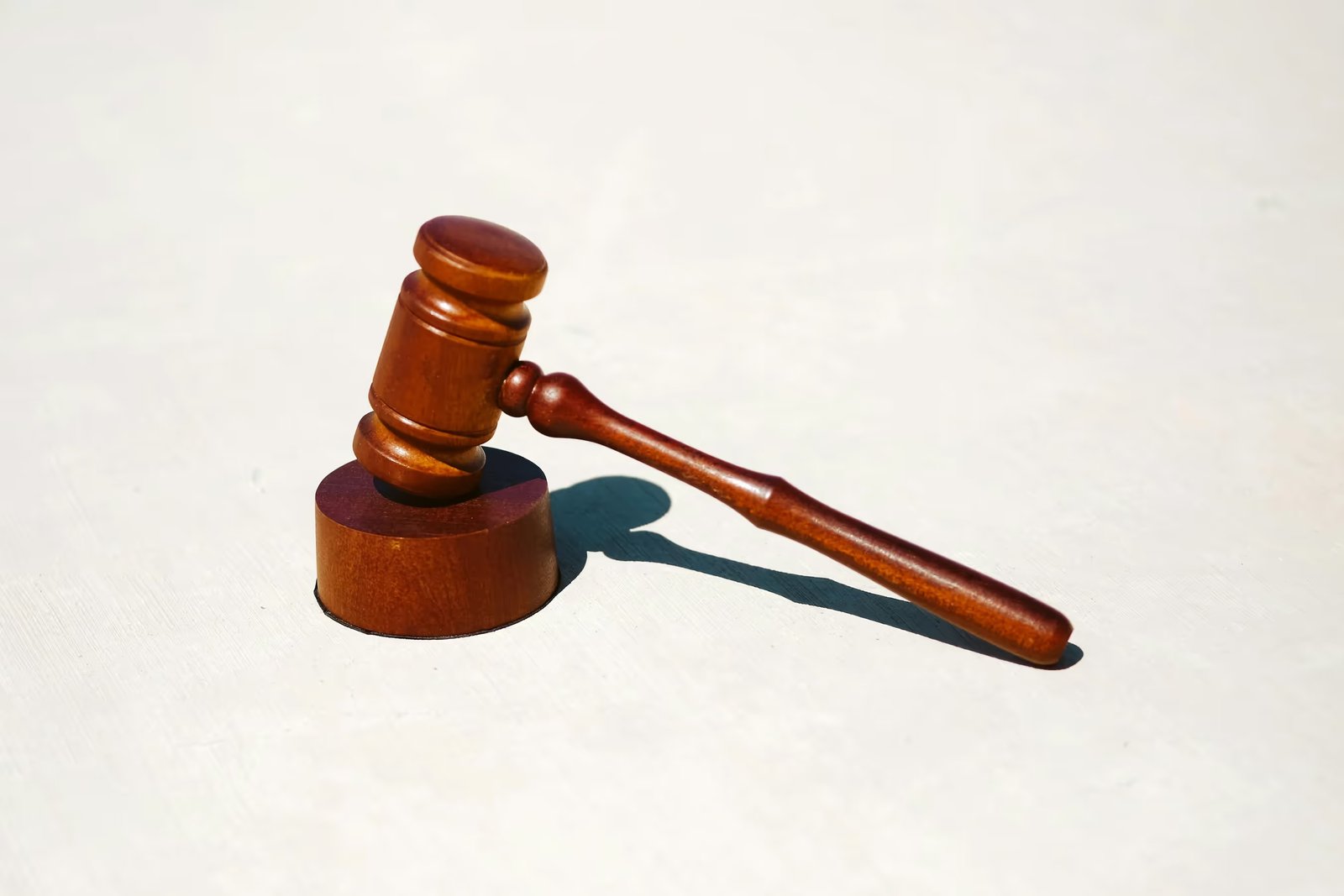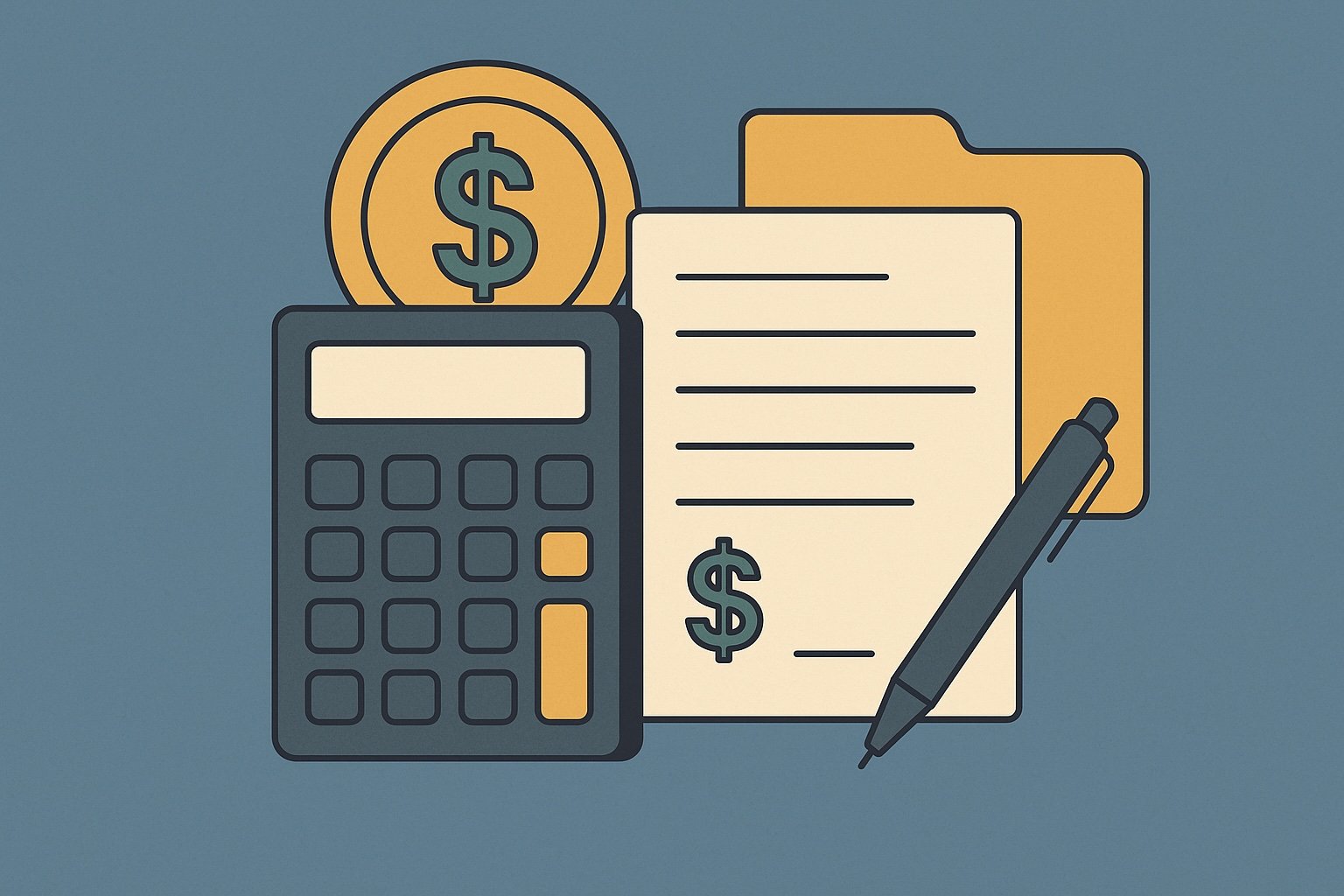Question
ARTE's Answer
When engaging in a 1031 exchange, the paperwork and documentation are crucial to ensure compliance with IRS regulations and to successfully defer capital gains taxes. At Deferred.com, we provide qualified intermediary services to facilitate this process, and we ensure that all necessary documentation is in place. Here’s a detailed breakdown of the paperwork involved in a 1031 exchange:
- Exchange Agreement: This is a written agreement between you and us, Deferred.com, as your qualified intermediary. The exchange agreement outlines the terms of the exchange, including the identification and acquisition of replacement property, and ensures that you do not have constructive receipt of the exchange funds.
- Assignment of Rights: You will need to assign your rights in the sale contract of the relinquished property to us, Deferred.com. This allows us to step into your shoes for the purpose of the exchange, ensuring that the transaction is treated as an exchange rather than a sale.
- Notice of Assignment: This document notifies all parties involved in the transaction (such as the buyer of the relinquished property and the seller of the replacement property) that your rights have been assigned to us, Deferred.com, as the qualified intermediary.
- Identification of Replacement Property: Within 45 days of transferring the relinquished property, you must identify potential replacement properties. This identification must be in writing and submitted to us, Deferred.com. The identification must clearly describe the properties, typically by address or legal description.
- Purchase Agreement for Replacement Property: This is the contract for purchasing the replacement property. Similar to the relinquished property, your rights in this agreement will also be assigned to us, Deferred.com, to maintain the integrity of the exchange.
- Closing Statements: These are the settlement statements for both the sale of the relinquished property and the purchase of the replacement property. They detail the financial aspects of each transaction, including the sale price, closing costs, and any prorations.
- IRS Form 8824: This form is used to report the 1031 exchange on your tax return. It requires details about the properties involved, the timeline of the exchange, and the calculation of any gain or loss. We, at Deferred.com, can assist you in completing this form accurately.
- Additional Documentation: Depending on the specifics of your exchange, additional documents may be required, such as loan documents if financing is involved, or any amendments to the exchange agreement if changes occur during the process.
Example: Let’s say you own a commercial property valued at $500,000 and wish to exchange it for a like-kind property. You engage us, Deferred.com, as your qualified intermediary. You sign an exchange agreement with us, and we facilitate the assignment of your rights in the sale contract of your commercial property to us. You then identify a replacement property within 45 days, valued at $600,000, and submit the identification to us. We handle the assignment of your rights in the purchase agreement for the replacement property. At closing, we ensure that the funds from the sale of your relinquished property are used to acquire the replacement property, maintaining the tax-deferred status of the exchange. Finally, we assist you in completing IRS Form 8824 to report the exchange on your tax return.
By ensuring all these documents are properly executed and submitted, we help you navigate the complexities of a 1031 exchange, allowing you to defer capital gains taxes and reinvest in new properties efficiently.
Have more questions? Call us at 866-442-1031 or send an email to support@deferred.com to talk with an exchange officer at Deferred.
Sources
1031 Question? Ask ARTE
Deferred's AI 1031 Research Assistant is trained on 8,000+ pages of US tax law and outperforms human CPAs by 22%+
CHAT NOW
Learn More
See more frequently asked questions about 1031 exchanges








